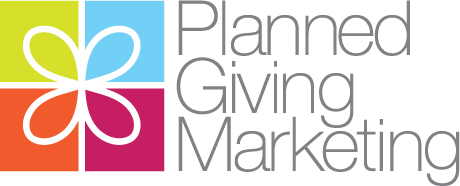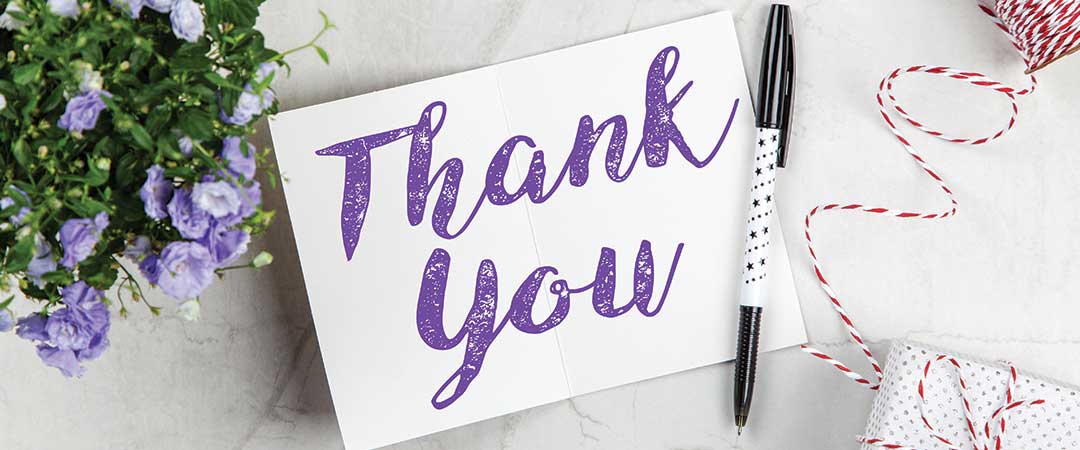Planned Giving’s “Magic Words”
A lot of people claim key fundraising phrases work with donors, but we think we’ve found planned giving’s magic words–words that improve both your planned giving marketing AND conversations with planned giving prospects and donors.
What would you do with MAGIC words? And where would you use them to have the biggest impact?

- Are you a fundraiser tasked with creating planned giving marketing communications (letters, postcards, e-newsletter content, newsletter articles, etc.)? Do you find yourself mired in phrases more mystically passive than magically engaging; phrases like “remember us in your will,” “leave a legacy,” or “consider a gift that may have tax benefits, too”?
- Does the latest research about the word “bequest” have you wringing your hands over a better way to say “what happens to your stuff when you die”?
- Have you heard that somewhere out there that certain “key” planned giving messages will work? That often leads to you and your boss word-smithing a bequest letter into the bore-o-sphere only to spend a full year circulating around the office, being decorated with red circles, black lines and other “edit” marks.
No magic words will ever get that letter in the mail …
Here’s the truth … there ARE magic words you can use with donors … and you already know them! And, as a fundraiser, you probably already use them all the time.
You’ve also said them to the waitresses who handed you a cool cocktail, that man who opened the door for you last week, and to your sweet Nana when you she gave you a $5 bill when you turned 8 …
What are Planned Giving’s Magic Words?
Thank you.
How to Use Planned Giving’s Magic Words
Finding fresh new ways to say “thank you” is the fastest, clearest, and most authentic way to talk about planned giving with your donors – in person, in your communications, and your specific planned giving appeals.
Planned Giving’s Magic Words in Person
Don’t know how to ask for a planned gift? Try using planned giving’s magic words as a “thank you” ask.
- Thank the donor for his faithful giving of $25 a year.
- Mention that another donor has given the same amount or for the same number of years and is also leaving a charitable bequest to your org.
- Then say nothing, and see what the donor says.
You may be surprised to hear that your org IS in his will (but he’s just never told you). Or, you may hear he’s been thinking of updating his plans and hadn’t considered a charity – but now he will.
Planned Giving’s Magic Words in Your Newsletter
Have you been including phrases like “Remember us in your will” in your newsletter for years without getting any results? Instead, try featuring a photo of the lovely Kathleen, a donor who named your organzation in her will (even if it was years ago). Use “Thank You, Kathleen” as the headline and include a few short words about Kathleen’s future gift.
This simple “thank you” communicates all the key planned giving messages (the real ones!)
It shows prospective donors that:
- it’s NORMAL to name a charity in a will
- your organization values and appreciates this type of gift
- when people include your organization in their will, it’s news to be celebrated and shared.
Always include a line like, “even if you wish for your gift to remain anonymous, please let us know about your gift.”
Planned Giving’s Magic Words in Your Appeal
If you truly want more prospects, ditch the “appeal” and go with a thank you.
And don’t just SAY thank you–offer a sincere and tangible “thank you” in the form of a gift to uncover your best planned giving prospects and silent donors who have yet to inform you that your org is in their will.
For example, the Yellowstone Park Foundation (YPF), a national organization based in Bozeman, Montana, mailed a Valentine’s Day postcard to 2,525 longtime, loyal donors. This card simply thanked donors for their support over the years and offered a free gift just for visiting a personalized URL (PURL). Upon arriving on their personalized landing page, the donors were asked one question about charitable estate planning before clicking through to receive their gift.
The response was overwhelming. The results are this: more than 190 people who care deeply about preserving Yellowstone Park self-identified as donors who would be interested in making a charitable bequest or other planned gift.
Also, with this simple yet effective direct and email campaign, YPF learned of 13 NEW planned gifts.
In addition this mailing was also a nice stewardship piece for the client. A typical planned giving marketing appeal may yield an OVERALL response rate (any type of response) of just 3-10%.
This YPF “thank you gift” appeal achieved an overall response rate of 33.87% which is astounding in planned giving marketing.
A few key things to understand about this particular mailing: the card did NOT MENTION planned giving, it did not ask the donor to “consider” anything or offer “more information” about planned giving.
The card was sent from the Old Faithful Society (YPF’s legacy society) with the logo and tagline, but other than that had no typical hallmarks of a planned giving mailing.
What this means for you and your organization
There is so much magic in the two words “thank you” that if you focus on new ways to use them, you will surely secure some very large future gifts for your organization.
How large? A Blackbaud study shows the average planned gift in the United States is between $35,000 and $70,000, but if you follow the world of planned giving like I do, you’d routinely hear of $100,000, $250,000, $500,000 bequests and higher – mainly from everyday people like retired teachers, nurses, firemen.
In our fundraising world, we hear a lot about “donor engagement strategies,” and there is no clearer strategy than the simple “thank you.”
The “thank you” is effective in many forms of nonprofit marketing because it affirms and validates a donor’s intention – and it’s just plain good manners. Surveys show that many donors don’t feel like they’ve been adequately thanked, so basing a marketing effort on a “thank you” also helps you with your stewardship efforts.
If the real, true goal of your planned giving outreach, engagement, and marketing is to identify prospects, try ditching the tired “planned giving talk” and focus on how you can do more with those two magic words everyone loves to hear …
Thank you.
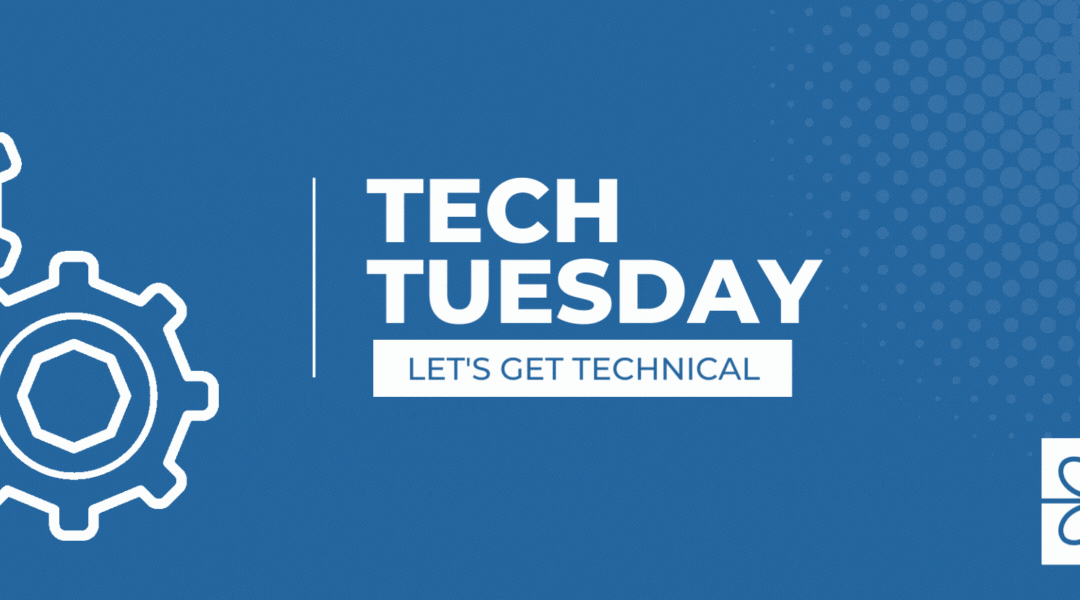
70 ½ vs. 73?
70 ½ vs. 73? We’ve been hearing some confusion from a lot of clients around the age split of 70 ½ vs. 73 for gifting from an IRA. Which is the correct age? What are the rules around each age? When it comes to marketing this great gifting strategy, the problem is both...
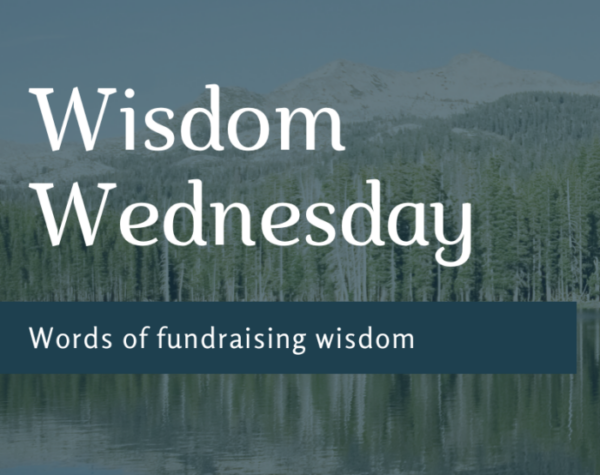
Wisdom Wednesday – Are you 85?
Are you 85? I didn't think so ...We've talked about the mindset of our most senior donors in the past. And we'll most likely talk about it forever. Why? None of us know what it's like to be 85 - unless we're 85.We've all been 16 before. Most of us have even recovered...
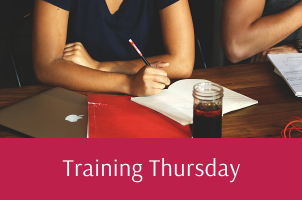
Generational Marketing – Traditionalists
Generational Marketing - TraditionalistsTraditionalists include those aged 77+ and will be a key group when it comes to your planned giving outreach.Learning how to communicate with this portion of the population is important for your success. Discovering the nuances...
Tech Tuesday – IRS Discount Rate
IRS Discount Rate With the signing of the Consolidated Appropriations Act of 2023 and the provision referred to as Secure 2.0, there is newfound interest around Charitable Gift Annuities* (CGAs). Because of this we’re all becoming reacquainted with the IRS...
